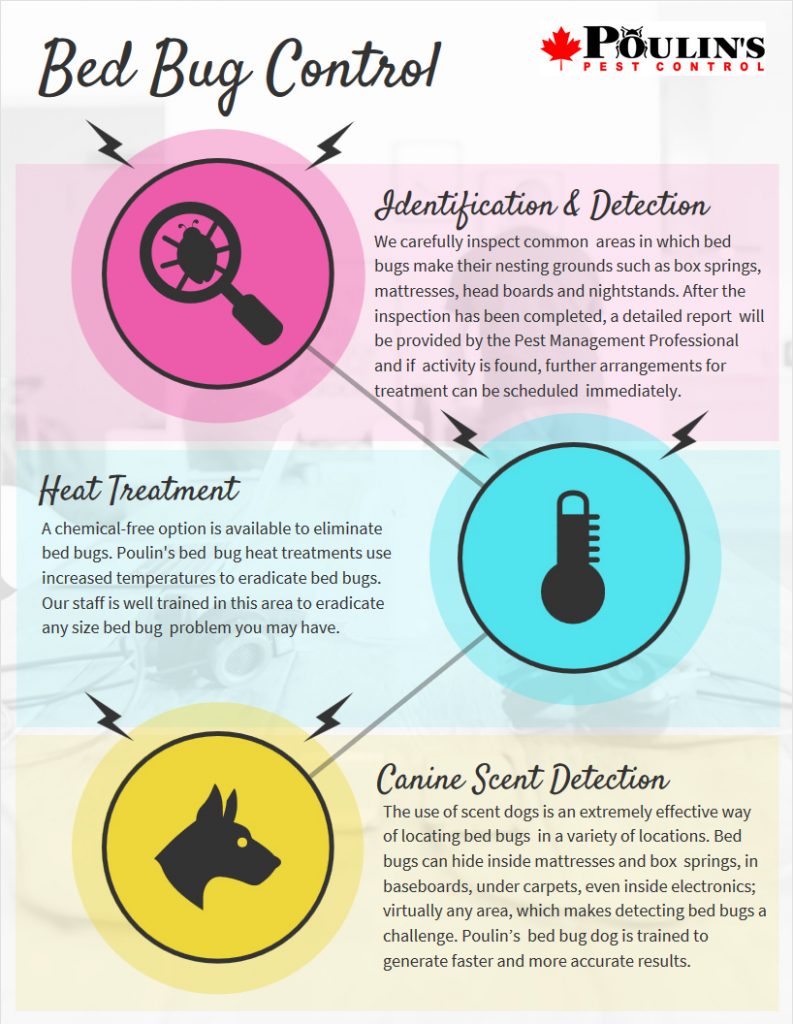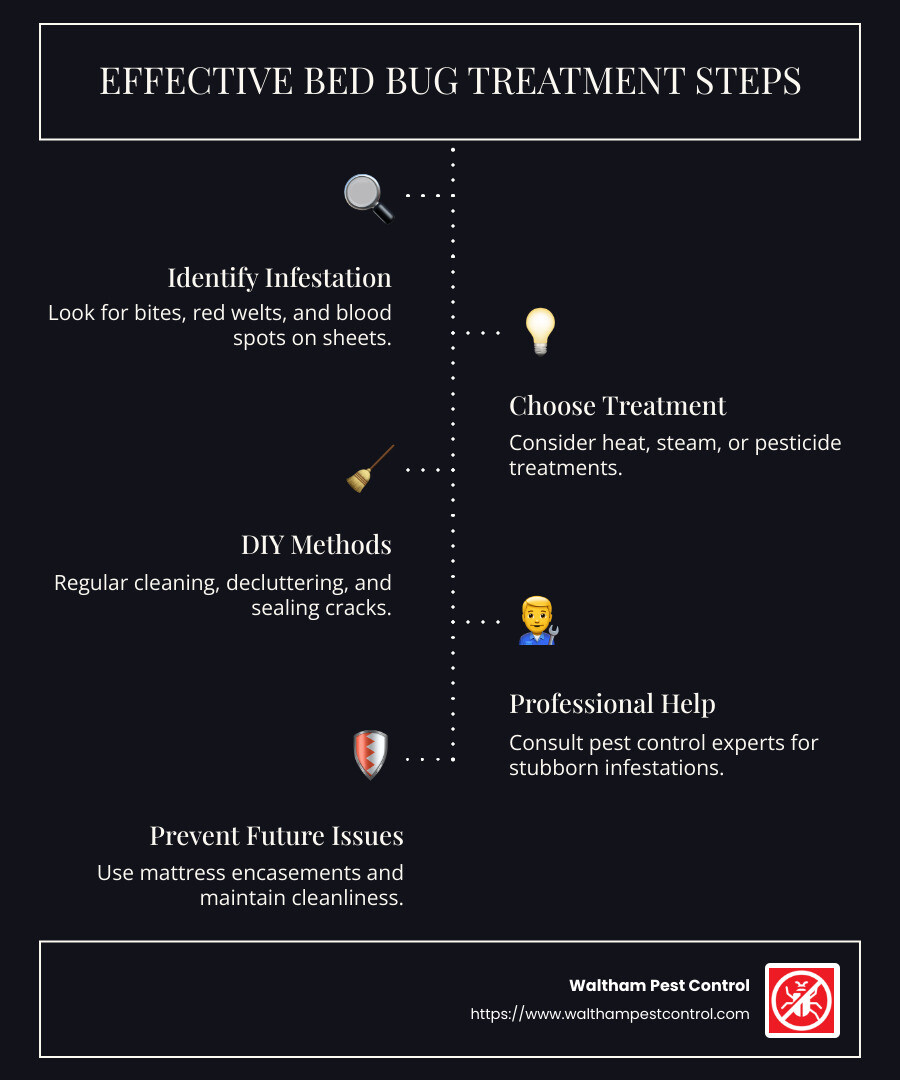Unknown Facts About Bed Bug Services
The Bed Bug Services Diaries
Table of ContentsThe Bed Bug Services Ideas9 Simple Techniques For Bed Bug ServicesTop Guidelines Of Bed Bug ServicesThe Definitive Guide for Bed Bug Services
An expert-conducted bed bug inspection is far more detailed than a casual glance and relies on expertise. Bed bugs are small, elusive, and adept at hiding that seek cracks, crevices, and furniture seams. Because of their hidden habits, detailed examination is necessary to determine the presence and extent of an infestation. Professional inspectors use a combination of tools, procedures, and knowledge to locate pests effectively, stopping infestations from worsening.The first step in the inspection process involves understanding bed bug biology and behavior. Bed bugs belong to the Hemiptera group and experience multiple nymph stages before reaching adulthood. Adults are typically small, oval-shaped, reddish-brown, wingless, and equipped with long legs and antennae. Their mouthparts are designed to pierce skin and extract blood, often causing red, itchy welts on hosts. Knowing these traits enables detection of likely areas for bed bug activity.
Early detection is critical for effective management. Professionals search for telltale signs such as dark spots of fecal matter, molted skins, and eggs (Bed Bug Services). A single female can lay hundreds of eggs, resulting in serious outbreaks. Evidence of molted skins or eggshells shows that the infestation is current and requires prompt inspection
Preparing for an inspection requires attention to detail. Inspectors often advise removing items that block access, which improves access to furniture and baseboards. Bedding and linens may be washed in hot water and dried on high heat, and then stored in sealed bags to prevent re-infestation. Wall decor, mirrors, and pictures may need to be removed to inspect behind frames. Vacuuming furniture and floors can remove loose pests, and vacuum bags should be disposed of immediately outside.
What Does Bed Bug Services Do?
The inspection itself is systematic and thorough. Inspectors examine mattresses, bed frames, and headboards, checking seams, folds, handles, and crevices. Upholstered furniture, including seating furniture, is carefully examined, with attention to seams and cushions. Baseboards, moldings, the edges of wall-to-wall carpeting, electrical outlets, closets, and storage areas receive detailed attention, as these can be key areas for infestation.
Specialized tools enhance detection accuracy. visite site Flashlights, magnifying lenses, multi-tools, and mirrors provide visibility in crevices and corners. Monitoring devices like interceptor traps or sticky pads help track bed bug activity over learn this here now time. Some companies use detection dogs, which accurately identify active infestations, distinguishing them from old evidence.

Meticulous documentation plays a critical role. Inspectors maintain detailed notes of findings, areas affected, and next steps. This ensures accountability and offers proof of inspection. Residents are often asked to avoid disturbing potential infestation signs, as this prevents loss of critical information.
After inspection, a monitoring plan may be put in place to confirm the presence of bed bugs and track activity. Continuous monitoring assesses the effectiveness of treatment, and asking residents about bites and sightings helps pinpoint problem areas. Cooperation from residents supports the inspection process.
Top Guidelines Of Bed Bug Services

Professional inspections are more reliable than self-inspections. Trained inspectors spot subtle signs overlooked by untrained eyes, avoid unnecessary treatments, and confirm the situation accurately.
Bed bug inspections are particularly important in places where infestations spread easily. Inspectors check neighboring rooms and shared spaces to ensure the infestation is fully mapped (Bed Bug Services). This prevents escalation and reduces treatment costs
In summary, a professional bed bug inspection includes identifying the pest, readying the environment, inspecting meticulously, employing tools, maintaining records, and ongoing monitoring. Each step ensures reliable identification and management.
A Biased View of Bed Bug Services
